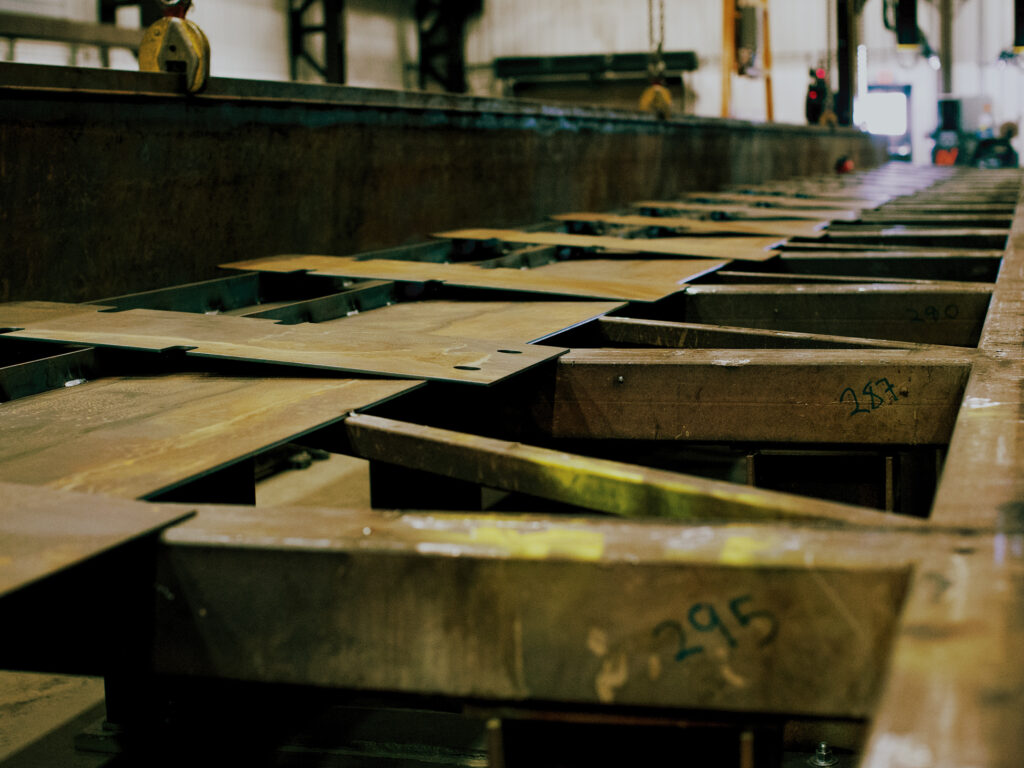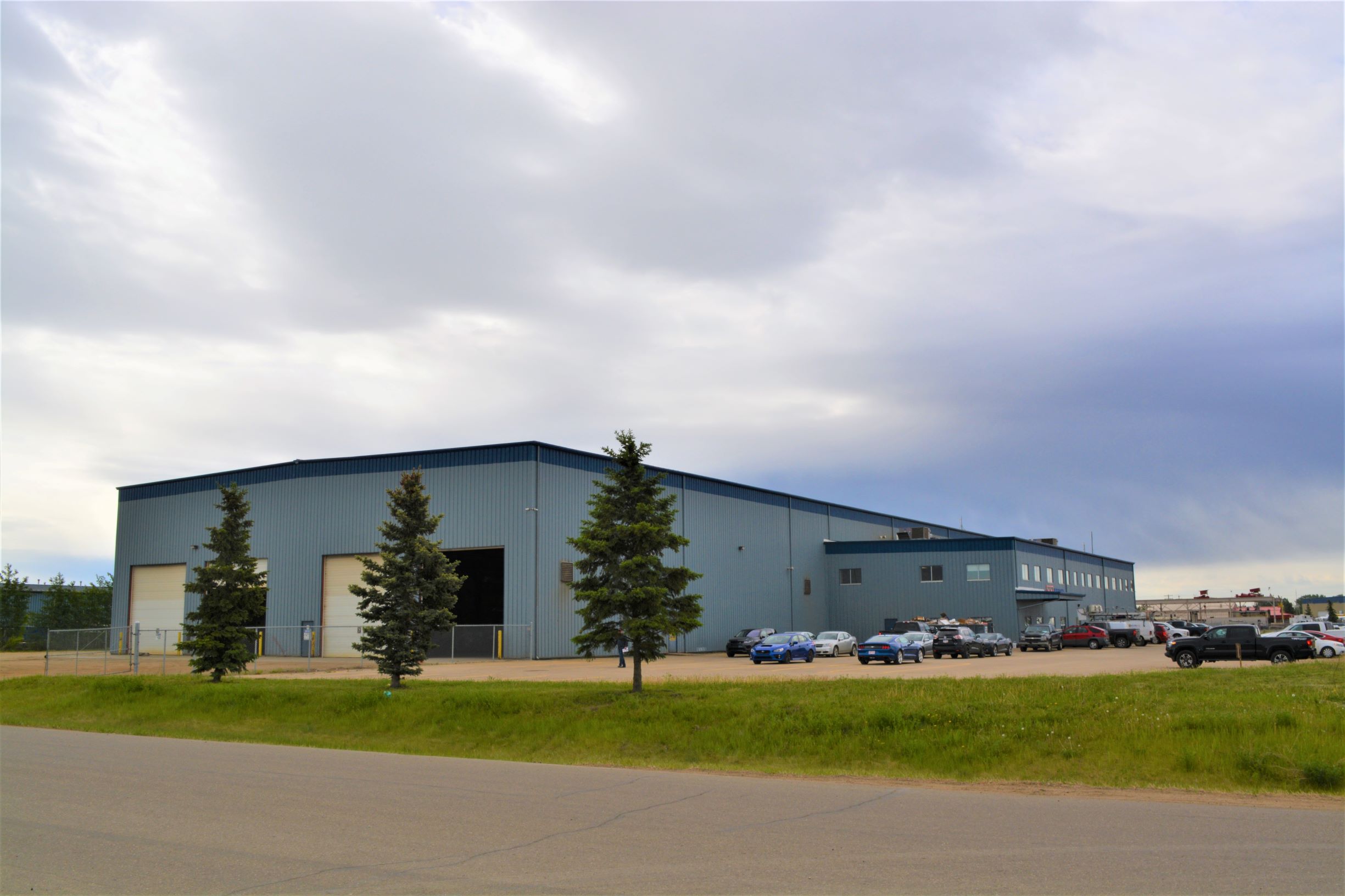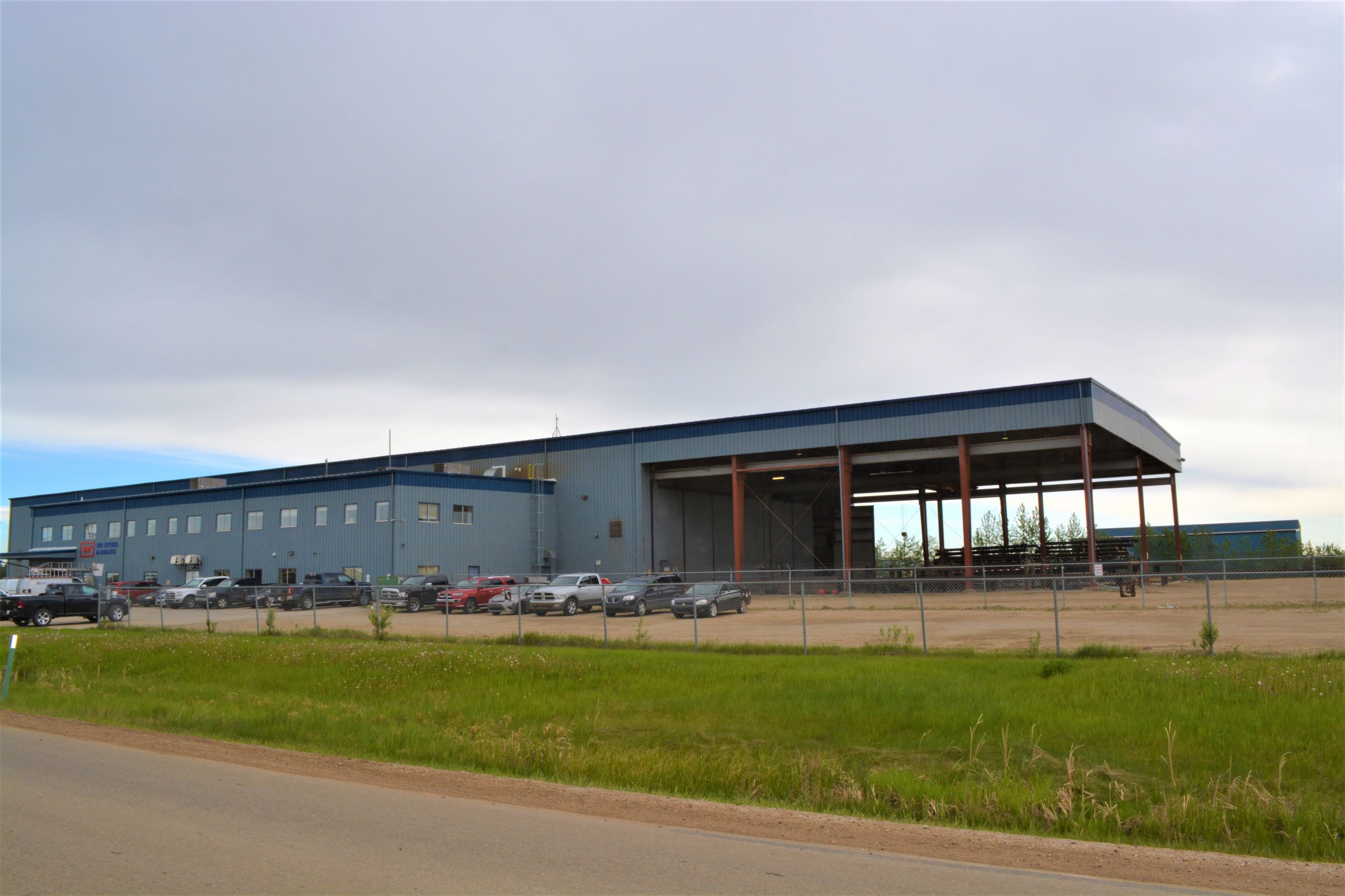If your work involves construction or heavy machinery, you probably understand what structural steel is and how it is used, but you may not understand the difference between types of structural steel or what each type is used for. Structural steel is defined by two criteria: shape and composition. To accommodate different environments and structure types, these two factors have been researched thoroughly to ensure peak endurance and longevity. How do we determine what kind of steel to use for your project?
Shape
There are many different beam shapes used in construction, with the I beam, the Angle, and the Tee being the most well-known. Let’s look into why that is.

The I-beam is a mainstay for any large construction project due to its pound-for-pound strength and adaptability. When viewed like a cross-section, its shape is similar to a capital I. The horizontal lines at the top and bottom are known as the flanges, and the line down the middle is known as the web. The I-beam is extremely good at distributing weight bearing down on its flanges and will bend when other structures would buckle. You can find I-beams in many lengths, widths, and sizes, depending on the purpose they are required for.
The Angle is an L-shaped bar or beam, often used for smaller constructions than the I-beam. The “legs” of the L can be the same or different lengths, depending on their function. It is one of the most versatile shapes in structural steel, used almost anywhere that a corner needs to be supported or reinforced. You can find them in places ranging from construction equipment to bed frames! As long as it isn’t asked to bear a tremendous load, it is an economical shape that is easy to form and use.
The Tee-beam is identical to an I-beam, except that it is missing a flange, therefore forming a T shape. While used in some similar places to I-beams, the Tee-beam is not as resistant to certain forces, namely tensile stress. It is often paired with other construction materials (like concrete) to add strength. Its shape also makes it more convenient for structures designed to maximize space, such as parking garages.
Composition
The composition of structural steel is another important consideration when mapping out a project. Forms of composition usually have several subcategories (often known as grades) and their standards differ between countries. For the sake of simplicity, we will explore a few broad classifications.
High-strength, low-alloy steel (HSLA) is a type of steel designed for extreme toughness or resistance to corrosion. It has several classifications (and grades within those classifications) that involve different alloying elements, depending on the exact purpose of the steel, but their method of composition is largely the same. This type of steel is made for constructions that require minimal weight or maximum strength and can be expensive due to the amount of energy needed to create them.
Carbon steel is unalloyed steel that doesn’t contain a large incidental amount of other elements. It is graded by the amount of carbon present.
- Low-carbon steel can have as little as 0.05% carbon
- Medium-carbon steel ranges from 0.3 to 0.5% carbon content
- High-carbon steel is roughly 0.6 to 1%
- Ultra-high-carbon steel can reach roughly 2%.
More carbon content makes the steel stronger, but less capable of withstanding tensile stress. Depending on the carbon content, you can see this steel used in everything from structural beams to wires, pipes, and railings.
Forged steel is a modern take on ancient forging techniques. The metal is heated, but not melted, and formed through high pressure (often a mechanical hammer). This removes gas bubbles and maintains the uniformity of the steel, giving it a higher structural strength than cast steel of the same grade. It is more difficult to make large, uniform parts like structural beams through forging, but it is often used for tools or smaller parts that are expected to bear considerable weight.
Read more:
Do you need structural steel?
WF Steel and Crane boasts cutting-edge knowledge and equipment for structural steel fabrication. Whether you need standard or custom work done, we know exactly the steel that you need for your project. While you’re here, request a quote at any time!

